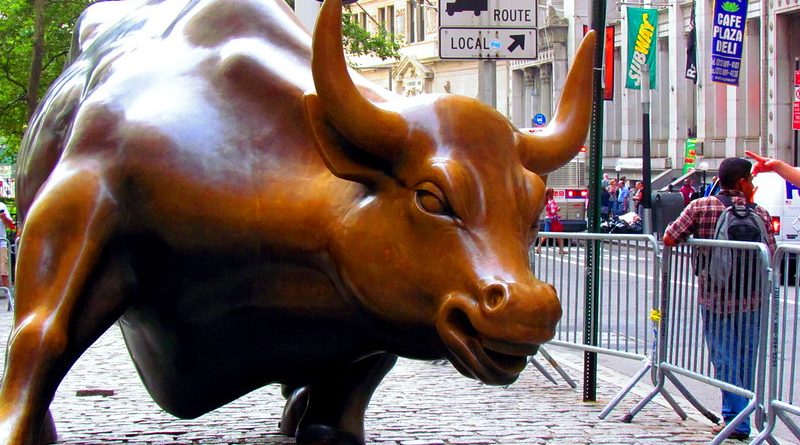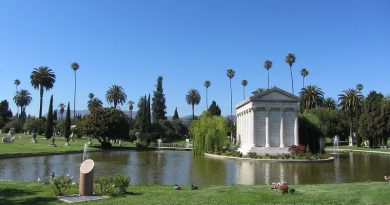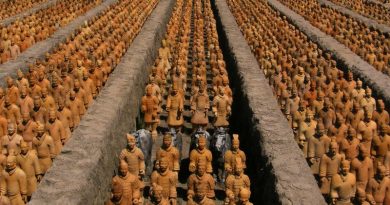The Birth of Wall Street
Manhattan Island sits at the gateway of most perfect natural harbor in North East America snd four hundred years ago cities were built on geographical assets.
Henry Hudson first claimed Manhattan Island for the Dutch East India Company in 1609. In 1626 Peter Minuit “officially” bought the land from the local Native Americans for the Dutch for $26 in furs. It was the greatest real estate coup in history.
For the native Americans it must appeared a strange deal because in their culture the concept of land ownership didn’t exist.
In 1664 the British took the land from the Dutch in classic colonial style. They parked a small fleet right here in the harbor and without firing a shot; the British secured Manhattan Island until Independence over 100 years later.
The original wall of Wall Street was built by the Dutch to keep out pirates and the native Americans.
Slavery was introduced to Manhattan in 1626, but it was not until 1711, that the New York City Common Council made a market at the foot of Wall Street the city’s first official slave market for the sale and rental of enslaved Africans and Indians.The slave market operated from 1711 to 1762 at the corner of Wall and Pearl Streets. It was a wooden structure with a roof and open sides, although walls may have been added over the years and could hold approximately 50 men. The city directly benefited from the sale of slaves by implementing taxes on every person who was bought and sold there.
In the 1770s ,The Secretary of Treasury Alexander Hamilton decided to raise money for the Revolutionary War by selling bonds. The public snapped them up and it started a new trend. So much so that in1792. after American independence , twenty four merchants met up on Wall Street and agreed to trade with each other. This led to the forming of the New York Stock Exchange in 1817
In 1789, Wall Street was the scene of the United States’ first presidential inauguration when George Washington took the oath of office on the balcony of Federal Hall on April 30, 1789.
This was also the location of the passing of the Bill of Rights. Alexander Hamilton, who was the first Treasury secretary and “architect of the early United States financial system”, is buried in the cemetery of nearby Trinity Church
The opening of the Erie Canal in the early 19th century meant a huge boom in business for New York City, since it was the only major eastern seaport which had direct access by inland waterways to ports on the Great Lakes. Wall Street became the “money capital of America”.
In the 1840s and 1850s, most residents moved further uptown to Midtown Manhattan because of the increased business use at the lower tip of the island. The Civil War had the effect of causing the northern economy to boom, bringing greater prosperity to cities like New York which “came into its own as the nation’s banking center” connecting “Old World capital and New World ambition”.
Banker J. P. Morgan created giant trusts and John D. Rockefeller’s Standard Oil moved to New York City.Between 1860 and 1920, the economy changed from “agricultural to industrial to financial” .New York was second only to London as the world’s financial capital.
In 1884, Charles Dow began tracking stocks, initially beginning with 11 stocks, mostly railroads, and looked at average prices for these eleven.When the average “peaks and troughs” went up consistently, he deemed it a bull market condition; if averages dropped, it was a bear market. He added up prices, and divided by the number of stocks to get his Dow Jones average. Dow’s numbers were a “convenient benchmark” for analyzing the market and became an accepted way to look at the entire stock market.
In 1889 the original stock report, newsletter became The Wall Street Journal. Named in reference to the actual street, it became an influential international daily business newspaper we know today.
Now this street is famous for something a little bit more, well, global. The market is now a living, breathing organism. It reacts instinctively to global events, ignoring some and overreacting to others. People devote their lives trying to understand and harness its moods, and trends, because in it’s stability rests the financial stability of the entire world.




